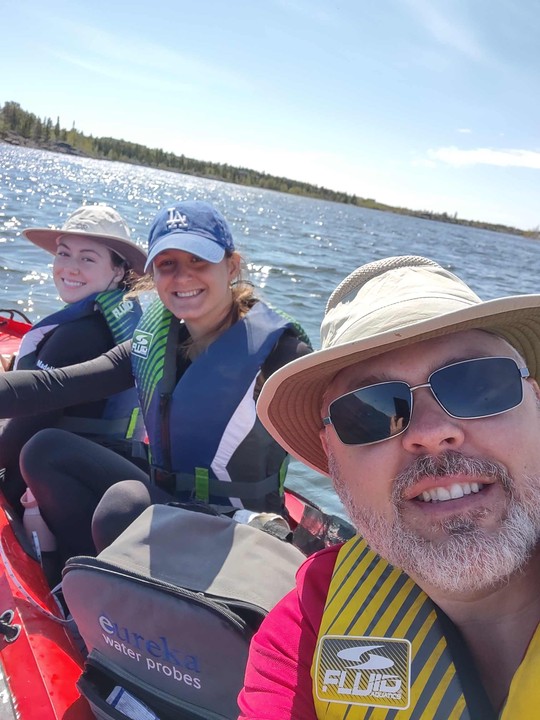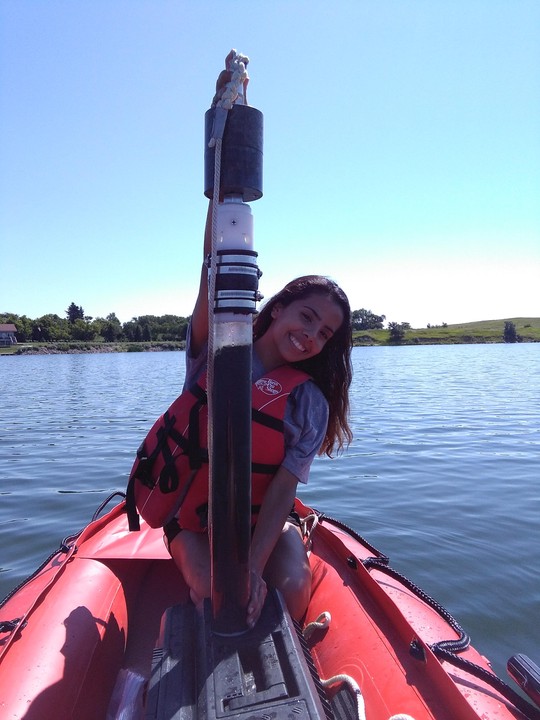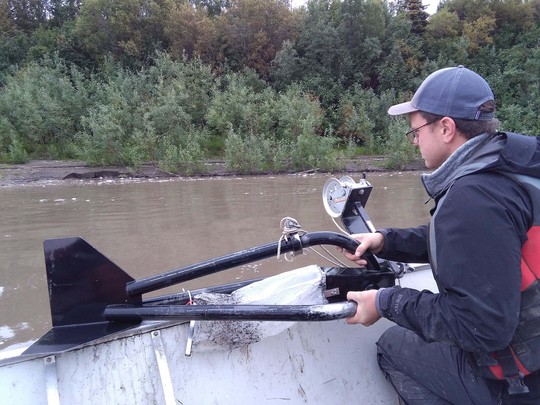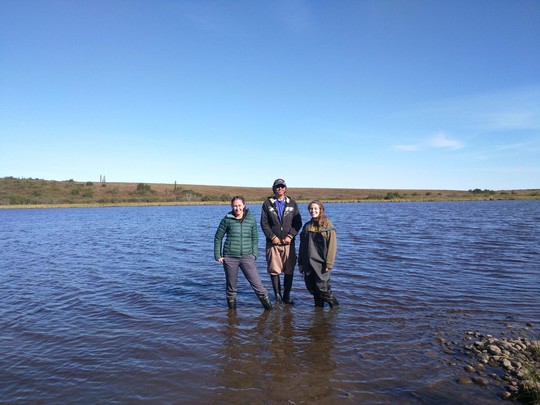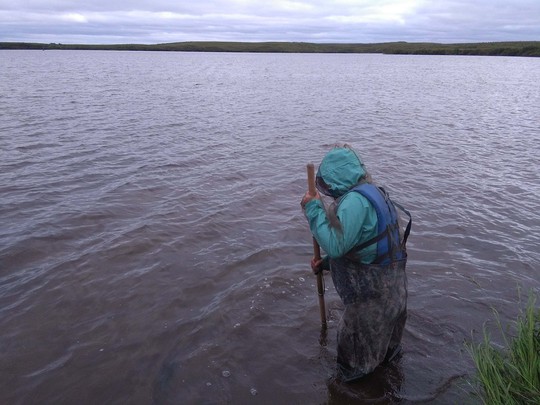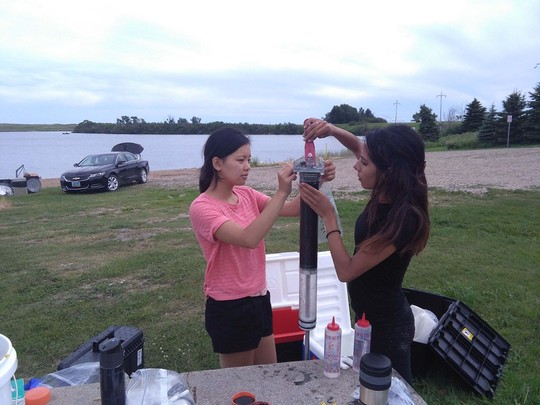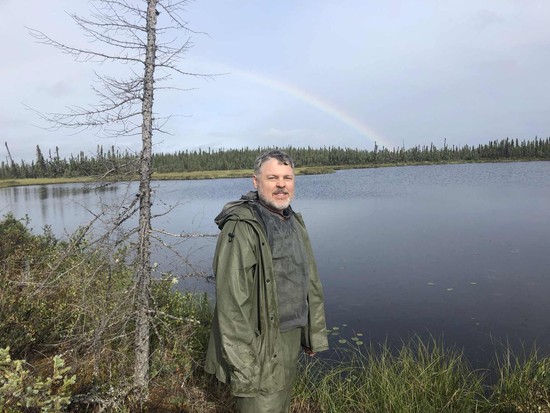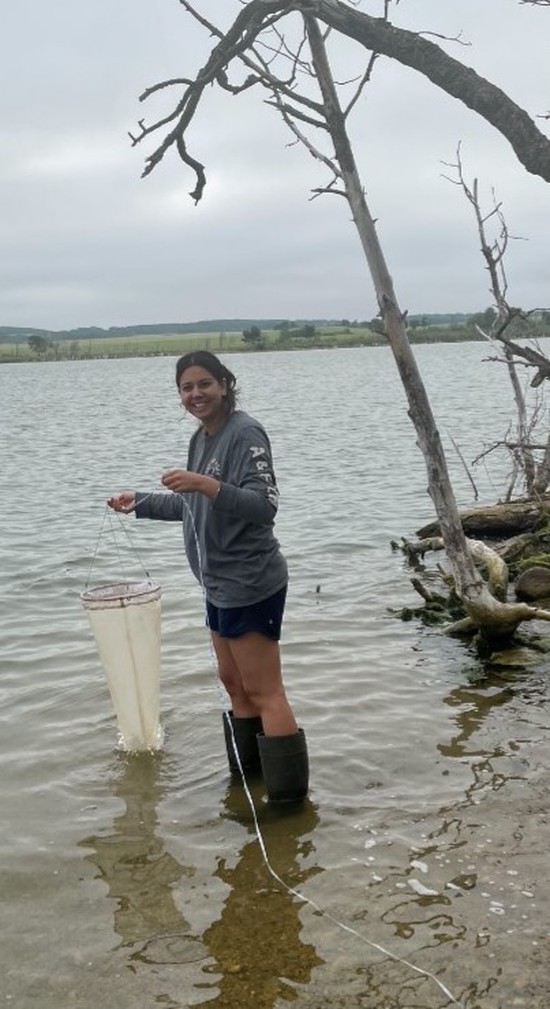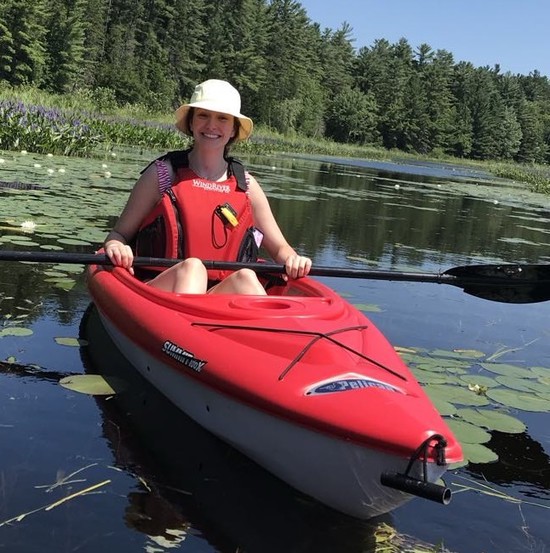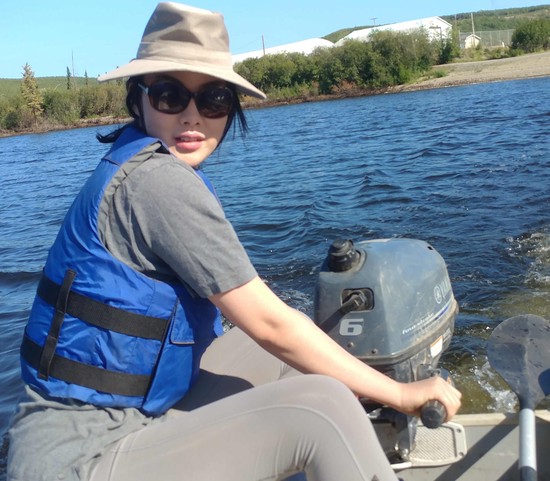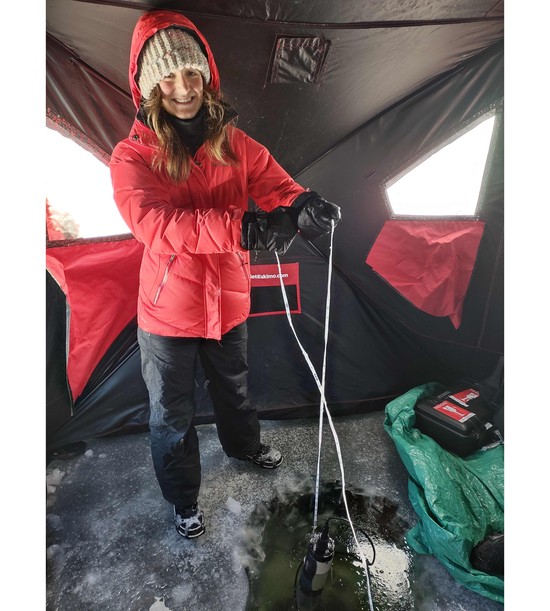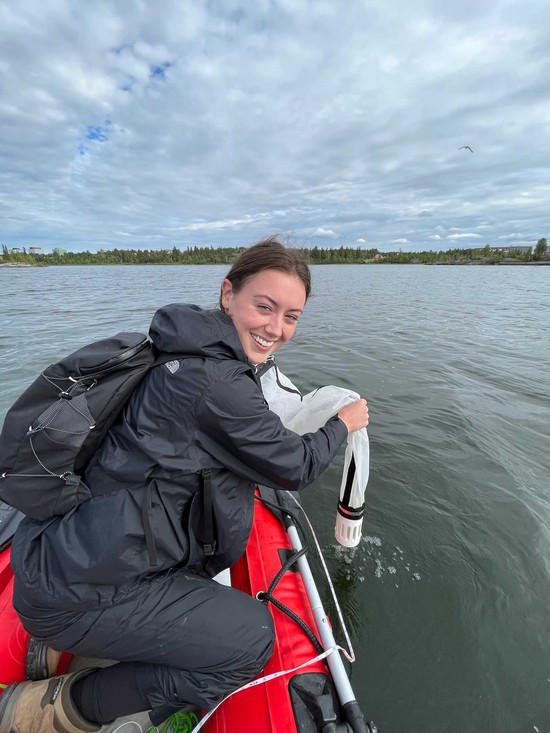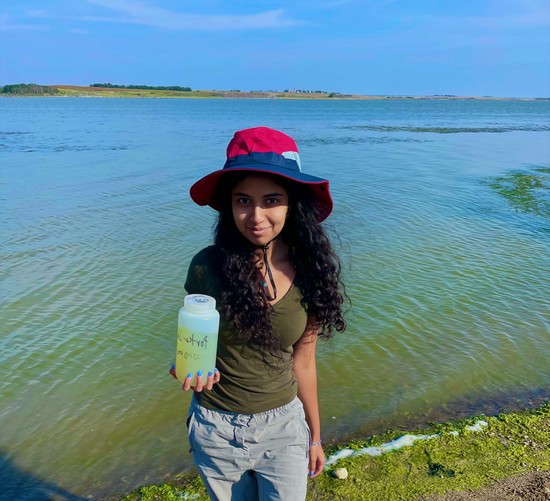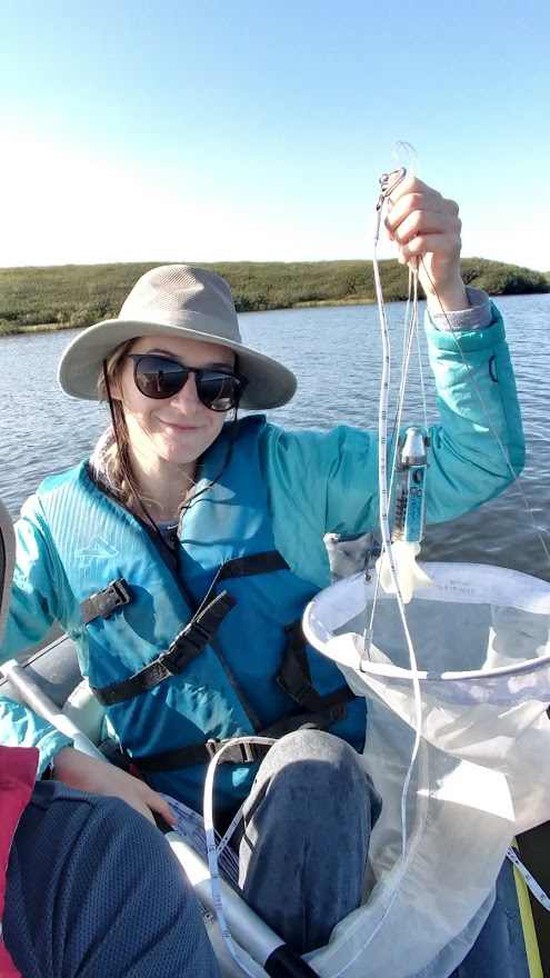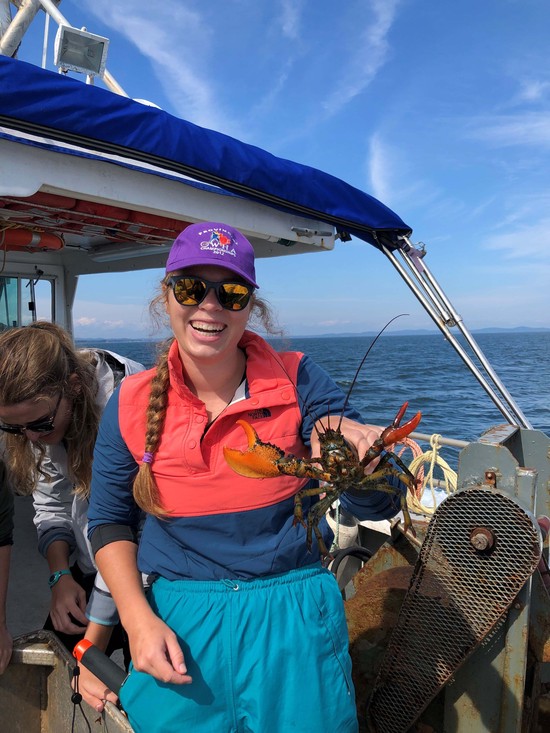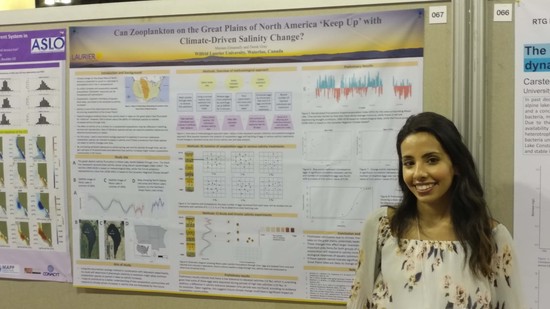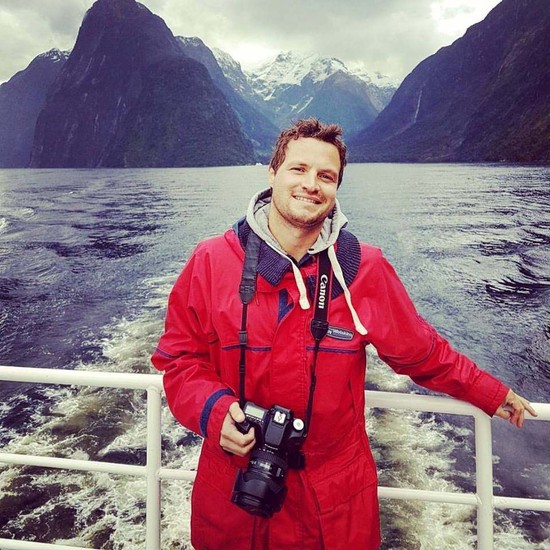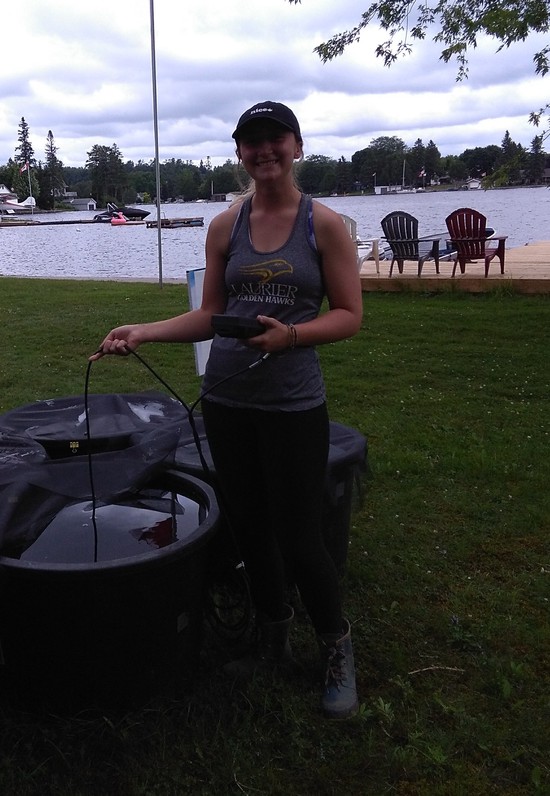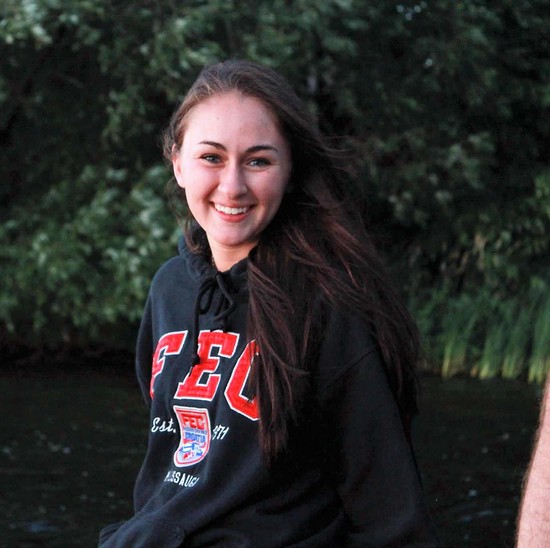Water quality data for lakes worldwide
We synthesized a database of measured chlorophyll a values, associated water chemistry variables, and lake morphometric characteristics for 11,959 freshwater lakes distributed across 72 countries. Data were collected based on a systematic review examining 3322 published manuscripts that measured lake chlorophyll a, and we supplemented these data with online repositories such as The Knowledge Network for Biocomplexity, Dryad, and Pangaea.
Associated publication:
A database of chlorophyll and water chemistry in freshwater lakes
Bathymetric maps for lakes along the Fort McPherson-Inuvik-Tuktoyaktuk transportation corridor
Bathymetric maps were constructed for a selection of lakes along the Dempster and Inuvik Tuktoyaktuk Highways running between Fort McPherson and Tuktoyaktuk. This Google Earth project provides an interface to view the lakes as well as data about their morphometry (surface area, mean and maximum depth) as well as the fish species captured in each lake.
Littoral macroinvertebrate and water quality data for 32 lakes across the boreal-tundra transition in the Northwest Territories
This dataset includes macroinvertebrate and water quality data from 32 lakes sampled in the Northwest Territories, Canada, from the Dempster and Inuvik-Tuktoyaktuk Highways during July and August of 2017 and 2018.
Associated publication:
Environmental variables associated with littoral macroinvertebrate community composition in Arctic lakes
Zooplankton data for lakes along the Fort McPherson-Inuvik-Tuktoyaktuk transportation corridor
Zooplankton and water quality data for 37 lakes in the Gwich’in and Inuvialuit regions of the Northwest Territories.
Associated publication:
Changes in water quality related to permafrost thaw may significantly impact zooplankton communities in small Arctic lakes
A global data set of lake surface temperatures
A database of summer lake surface temperatures for 291 lakes collected in situ and/or by satellites for the period 1985-2009. In addition, corresponding climatic drivers (air temperatures, solar radiation, and cloud cover) and geomorphometric characteristics (latitude, longitude, elevation, lake surface area, maximum depth, mean depth, and volume) that influence lake surface temperatures were compiled for each lake.
Associated publications:
Rapid and highly variable warming of lake surface waters around the globe.,
A global database of lake surface temperatures (1985-2009) collected by in situ and satellite methods
